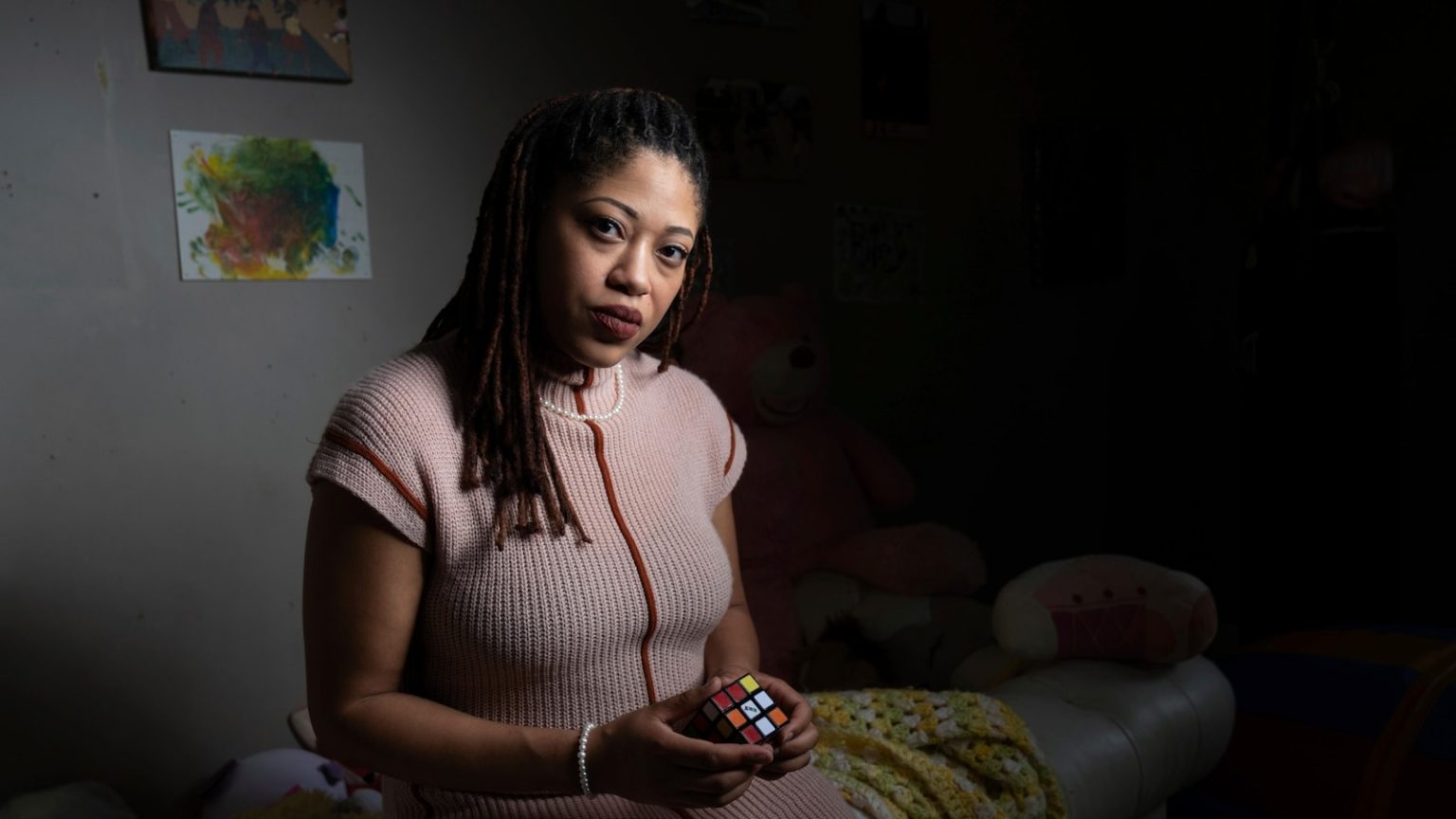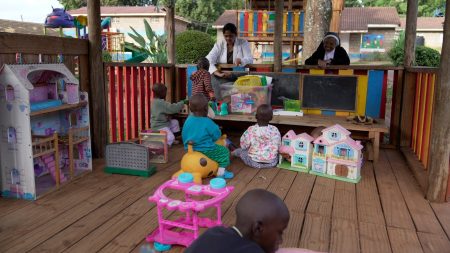Understanding Adult Autism: Natasha’s Journey and Beyond
1. Introduction: Natasha’s Story and the Emerging Awareness of Adult Autism
Natasha Nelson, a 35-year-old entrepreneur from Georgia, embarked on a transformative journey when she and her youngest daughter received autism diagnoses. This experience illuminated her understanding of social norms and daily routines, offering clarity on her life’s challenges. Her story highlights the growing recognition of autism in adults, a topic gaining increased attention as more adults seek diagnoses later in life. Natasha’s narrative serves as a catalyst for understanding the complexities and implications of adult autism diagnoses, emphasizing the importance of awareness and support.
2. Signs and Misconceptions about Autism in Adults
Autism, or Autism Spectrum Disorder (ASD), encompasses a range of challenges, including social communication difficulties and rigid routines. While often associated with childhood, signs in adults can be subtle, sometimes emerging in response to new social demands. Key indicators include trouble with social interactions, sensory sensitivities, and intense focus on specific interests. However, these traits can be misconstrued or overlooked, as many adults develop coping strategies. Experts caution that while enjoying routines or deep interests is common, a diagnosis requires significant impairment in daily life, distinguishing it from typical preferences.
3. The Rising Trend of Adult Autism Diagnoses
Recent years have seen a significant increase in adult autism diagnoses, with a 452% rise among 26 to 34-year-olds from 2011 to 2022. Factors contributing to this trend include greater awareness, influenced by social media and personal experiences, such as having autistic children. This surge underscores the need for understanding adult autism, as many navigate their diagnoses later in life, seeking answers and support for lifelong challenges.
4. Masking and Coping Mechanisms in Autistic Adults
Many autistic adults develop "masking" strategies, concealing their struggles in public while coping privately. Whitney Ence, a psychologist, notes that these coping mechanisms can hide symptoms, complicating diagnosis. Russell Lehmann, a motivational speaker, illustrates this with his rigid routines, which bring comfort but also stress, highlighting the dual nature of coping strategies that can both help and hinder.
5. Diagnostic Challenges and Process for Adults
Diagnosing autism in adults presents challenges, including overlapping symptoms with conditions like ADHD and OCD. A comprehensive evaluation, involving clinical interviews and psychological assessments, is necessary. The process can be lengthy and costly, with expert shortages exacerbating wait times. Natasha’s three-year, $3,000 journey exemplifies these challenges, emphasizing the need for patience and persistence for those seeking a diagnosis.
6. The Importance of Seeking a Diagnosis
Despite challenges, seeking a diagnosis can be transformative, providing clarity and access to support. Experts advise reflecting on motivations, such as service access or personal understanding, before pursuing a diagnosis. While the journey is personal, the insights gained can lead to better self-advocacy and improved quality of life. Natasha’s encouragement to seek diagnosis underscores the potential for empowerment through understanding, advocating for a more inclusive and supportive society for autistic individuals.















